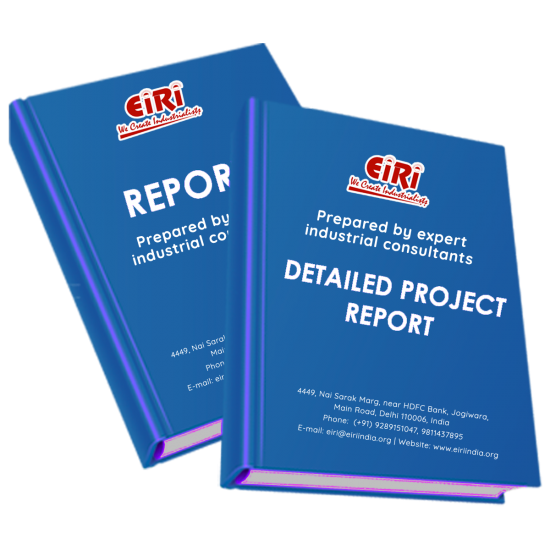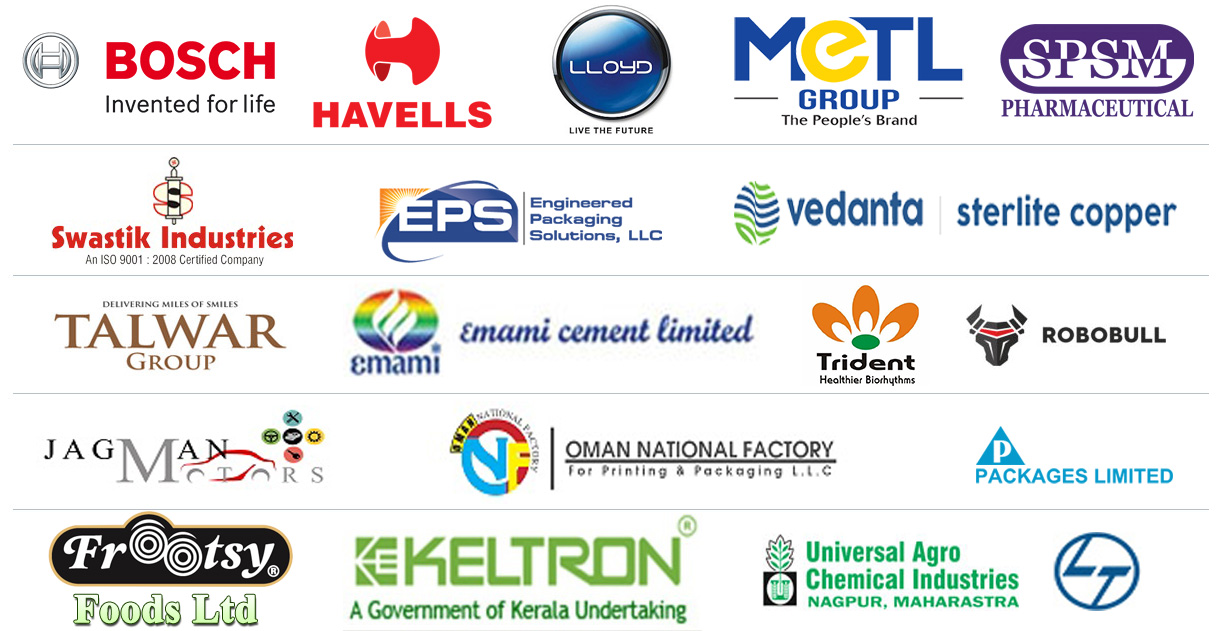Detailed Project Report on thinner for industrial use with thinner for acrylic paint, thinner for enamel paint, thinner for pu paint, thinner for epoxy paint, nc thinner

- More than 40 years of experience
- Managed by expert industrial consultants
- ISO 9001-2015 Certified
- Registered under MSME, UAM No: DL01E0012000
- 24/5 Research Support
Get your quesries resolved from an industry expert. Ask your queries before report or book purchase. - Custom Research Service
Speak to the our consultant to design an exclusive study to serve your research needs. - Quality Assurance
All reports are prepared by highly qualified consultants & verified by a panel of experts. - Information Security
Your personal & confidential information is safe & secure.
THINNER FOR INDUSTRIAL USE WITH
Thinner for Acrylic Paint, Thinner for Enamel Paint,
Thinner for PU Paint, Thinner for Epoxy Paint, NC Thinner
[CODE NO.1982
Thinner is a hydrocarbon (naphtha) or oleoresinous solvent (turpentine) used to reduce the viscosity of paints to appropriate working consistency usually just prior to application. In this sense, a thinner is a liquid diluent to except that it has active solvent power on the dissolved resin.
"Thinners" as the name implies, are added to varnishes and lacquers to thin them out usually to brushing consistency. White spirit is the commonest liquid used for this purpose. A thinner differs from a diluent in that it has solvent action on the dispersed resin or other solid and will not as a role cause precipitation.
Diluents & Thinners:-
Solutions of resins, nitrocellulose, are often diluted in order to adjust their flow, rate of evaporation, cost or other property, with a liquid which is without solvent action on the dispersed solids. A good example is toluene when added for this purpose to a nitrocellulose lacquer. Such a liquid is termed simply a diluent. With the gradual addition of a diluent to a lacquer a point is reached at which the dispersed solid is precipitates out. The amount of diluent which can be tolerated before precipitation commences depends on number of factors the solvent power or the solvent, nature of the diluent and concentration of solids, tempt. etc.
Thinner:-
Hazard:- Flammable, dangerous fire risk
Shipping regulations:- (ICC, CA, IATA) Red label.
One basic criteria of a food thinner is that when a finger is dipped into the thinner and taken out, the thinner immediately evaporates leaning a white crust on the finger and a cool sensation is felt (as in the case of ICI thinner) and ICI is manufacturing, N-C thinners exclusively.
In the thinner formulations, acetone is in corporate for cooling sensation.
Besides, Diacetone is mostly used in thinner formulations, for shining purposes in paint and thinner industry.
Solvents or Thinners are used in Paints and lacquers to reduce the viscosity and consistency of the material and facilitate the application of a uniform coating. They must be compatible with the oil or resin present. After application the solvent is no longer required and should evaporate completely from the film.
Another class of organic liquids used in paint industry is plasticizers their function is to remain permanently in the film of paint or varnish after application in order to impart elasticity and proper adhesion to it. In contradistinction to the volatile solvents, plasticizers should be perfectly non-volatile, and should also be chemically stable, and not after in properties on prolonged exposure.
The action of a solvent in the production of a varnish or paint is essentially not different from that takes place when sugar is added to a cup of tea. Water disperses the sugar molecules and a solution is formed. Similarly when linseed oil is added to haxane, the glycosides of which the oil consists are dispersed or dissolved of which the oil consists are dispersed or dissolved and a more or less viscous solution results.
COST ESTIMATION
Plant capacity 3500.00 Ltrs./day
Land & Building (1500 Sq.Mtr) Rs. 1.91 Cr
lant & Machinery Rs. 30.00 Lacs
W.C. for 1 Month Rs. 81.50 Lacs
Total Capital Investment Rs. 1.12 Cr
Rate of Return 28%
Break Even Point 50%
INTRODUCTION
PROPERTIES & CHARACTERISTICS
PETROLEUM HYDROCARBONS
PAINT AND VARNISH THINNERS
WOOD TURPENTINE
B. I. S. SPECIFICATIONS
VARIOUS RAW MATERIALS USED FOR THINNER
AND THEIR PROPERTIES
SUBSTITUTES OF NAPHTHAIS BENZOL
SOLVENTS FOR STORING ENAMELS PAINTS
USES & APPLICATIONS
MARKET SURVEY
GROWTH AND PROSPECTS OF PAINT INDUSTRY
PRESENT MANUFACTURER OF THINNER
FORMULATION AND PROCESS OF THINNERS
MANUFACTURING PROCESS FOR STOVING THINNER
PROCESS FLOW DIAGRAM
FOR THE MANUFATURE OF STOVING THINNER
N C THINNERS
MANUFACTURING PROCESS OF THINNERS
FOR - NITRO CELLULOSE BASE LACQUERS (ICI TYPE)
PROCESS FLOW DIAGRAM FOR THE MANUFACTURERS
OF THINNER FOR-NITROCELLULOSE BASE LACQUER
N. C. THINNERS (ICI TYPE)
MANUFACTURING PROCESS FOR NITROCELLULOSE THINNERS
PROCESS FLOW DIAGRAM FOR THE MANUFACTURERS
OF NITROCELLULOSE THINNER
THINNER FORMULATIONS FOR BRUSHING LACQUERS
PROCESS MANUFACTURE OF ACRYLIC PAINT THINNERS
PROCESS FLOW DIAGRAM FOR THE MANUFATURE
OF ACRYLIC PAINT THINNER
ENAMEL PAINT THINNERS
MANUFACTURING PROCESS OF ENAMEL PAINT THINNER
PROCESS FLOW DIAGRAM FOR THE MANUFACTURERS
OF ENAMEL PAINT THINNER
FORMULATION OF THINNER FOR PU PAINTS
PROCESS FLOW DIAGRAM OF THINNER FOR PU PAINTS
FORMULATION OF THINNER FOR EPOXY PAINTS
PROCESS FLOW DIAGRAM OF THINNER FOR EPOXY PAINTS
THINNER FORMULATION FOR HIGH VISCOSITY WOOD LACQUER
THINNER FORMULATION OF AUTOMOTIVE PRIMER
THINNER FORMULATION OF LACQUER FOR CAN CASTING
CELLULOSE ACETATE BUTYRATE BASED THINNERS
FOR SPRAYING LACQUER
THINNER FOR CELLULOSE ACETATE BASED COATINGS
GENERAL PROCESS OF MANUFACTURE OF VARIOUS
MISCELLANEOUS THINNERS
PROCESS FLOW DIAGRAM FOR THE MANUFACTURERS OF THINNER
MATERIAL SAFETY DATA SHEET FOR PAINT THINNER
PLANT LAYOUT
RAW MATERIALS CALCULATIONS
SUPPLIERS OF RAW MATERIALS
SUPPLIERS OF PLANT AND MACHINERIES
APPENDIX – A :
1. COST OF PLANT ECONOMICS
2. LAND & BUILDING
3. PLANT AND MACHINERY
4. FIXED CAPITAL INVESTMENT
5. RAW MATERIAL
6. SALARY AND WAGES
7. UTILITIES AND OVERHEADS
8. TOTAL WORKING CAPITAL
9. COST OF PRODUCTION
10. PROFITABILITY ANALYSIS
11. BREAK EVEN POINT
12. RESOURCES OF FINANCE
13. INTEREST CHART
14. DEPRECIATION CHART
15. CASH FLOW STATEMENT
16. PROJECTED BALANCE SHEET
How to Make Project Report?
Detailed Project Report (DPR) includes Present Market Position and Expected Future Demand, Technology, Manufacturing Process, Investment Opportunity, Plant Economics and Project Financials. comprehensive analysis from industry covering detailed reporting and evaluates the position of the industry by providing insights to the SWOT analysis of the industry.
Each report include Plant Capacity, requirement of Land & Building, Plant & Machinery, Flow Sheet Diagram, Raw Materials detail with suppliers list, Total Capital Investment along with detailed calculation on Rate of Return, Break-Even Analysis and Profitability Analysis. The report also provides a birds eye view of the global industry with details on projected market size and then progresses to evaluate the industry in detail.
We can prepare detailed project report on any industry as per your requirement.
We can also modify the project capacity and project cost as per your requirement. If you are planning to start a business, contact us today.
Detailed Project Report (DPR) gives you access to decisive data such as:
- Market growth drivers
- Factors limiting market growth
- Current market trends
- Market structure
- Key highlights
Overview of key market forces propelling and restraining market growth:
- Up-to-date analyses of market trends and technological improvements
- Pin-point analyses of market competition dynamics to offer you a competitive edge major competitors
- An array of graphics, BEP analysis of major industry segments
- Detailed analyses of industry trends
- A well-defined technological growth with an impact-analysis
- A clear understanding of the competitive landscape and key product segments
Need Customized Project Report?
- Ask for FREE project related details with our consultant/industry expert.
- Share your specific research requirements for customized project report.
- Request for due diligence and consumer centric studies.
- Still haven't found what you're looking for? Speak to our Custom Research Team
About Engineers India Research Institute:
Note: We can also prepare project report on any subject based on your requirement and country. If you need, we can modify the project capacity and project cost based on your requirement.
Our Clients

Our Approach
- Our research reports comprehensively cover Indian markets (can be modified as per your country), present investigation, standpoint and gauge for a time of five years*.
- The market conjectures are produced on the premise of optional research and are cross-accepted through associations with the business players
- We use dependable wellsprings of data and databases. What's more, data from such sources is handled by us and incorporated into the report
Why buy EIRI reports?
- Our project reports include detailed analysis that help to get industry Present Market Position and Expected Future Demand.
- Offer real analysis driving variables for the business and most recent business sector patterns in the business
- This report comprehends the present status of the business by clarifying a complete SWOT examination and investigation of the interest supply circumstance
- Report gives investigation and top to bottom money related correlation of real players/competitors
- The report gives gauges of key parameters which foresees the business execution






















